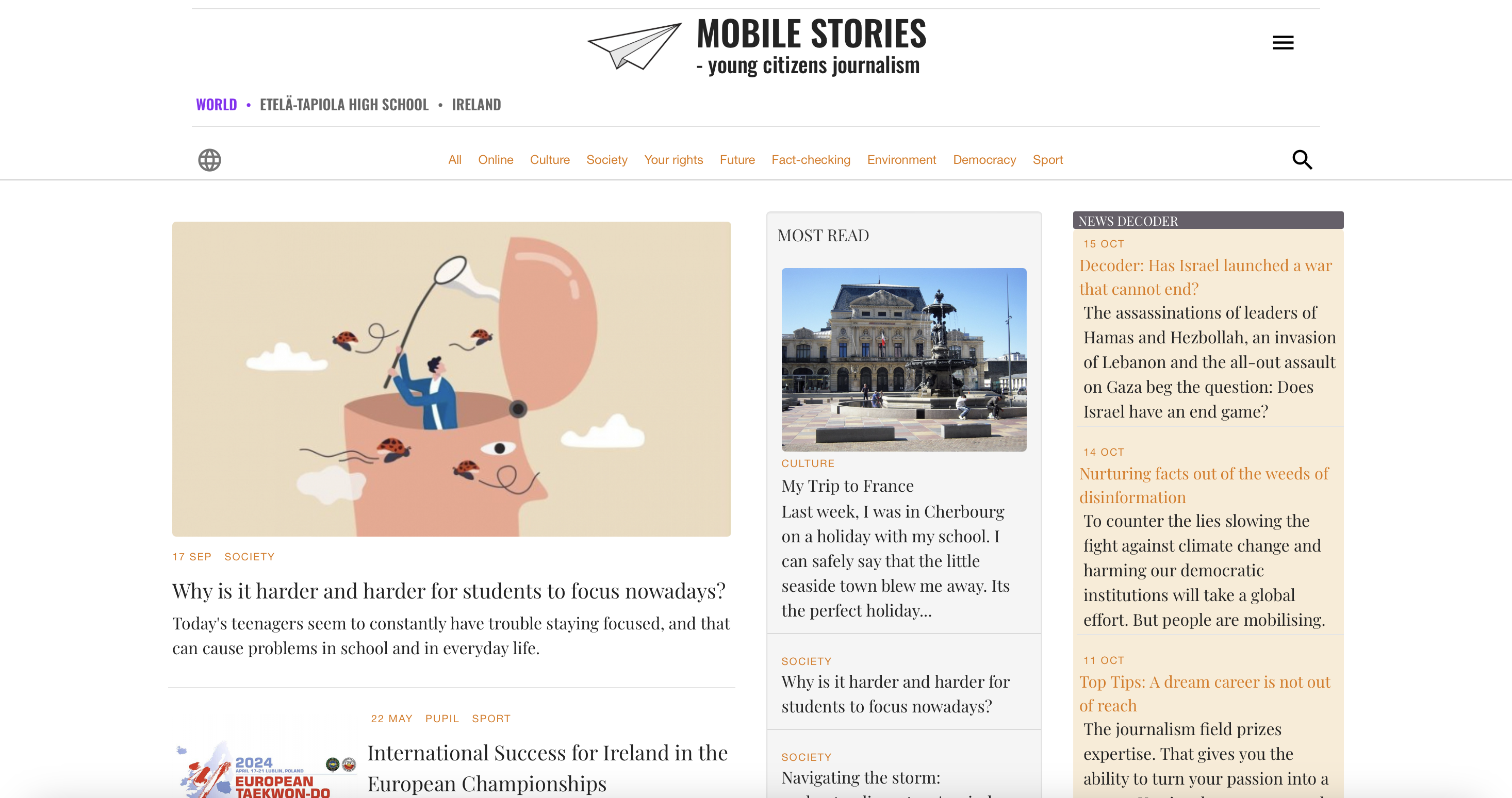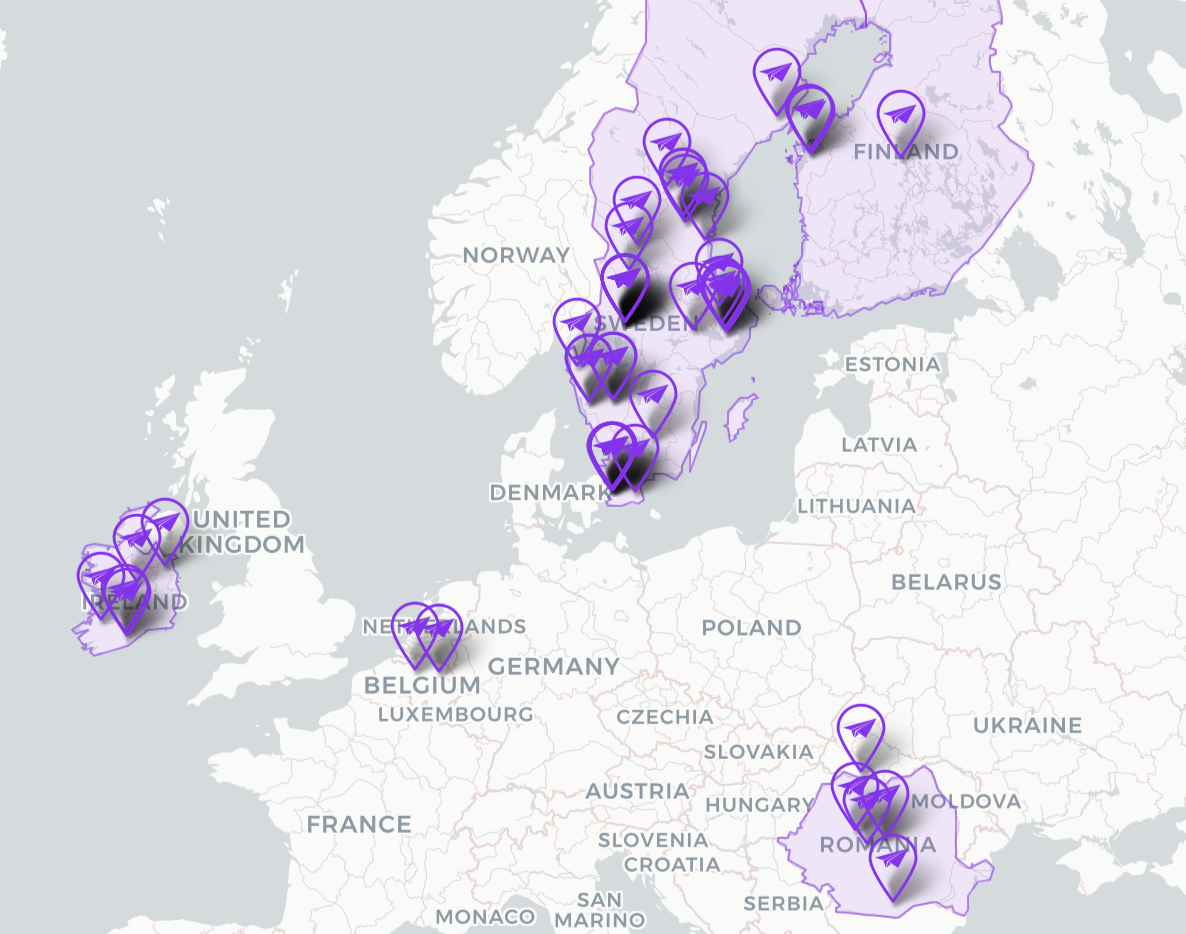Mobilestories.com
Reach real recipients
Our publishing platform, mobilestories.com is structured as a network with sites for schools. Students themselves choose whether they want to publish, on one or more of the sites to which they have access.
Through this platform, young people throughout Europe get the opportunity to share each other’s thoughts, ideas and opinions. The platform opens up contacts and exchanges with people outside one’s own circle, but also between young people and the adult world. Here, not only buddies, relatives and friends can take part in the material, but also those who make decisions concerning young people’s everyday lives. In times when society is changing rapidly, there is great value in taking part in young people’s experiences, problem formulations and solutions. Their voices can give society knowledge about how the future will be shaped.
Young people today are already publicists. Mobile Stories offers this in a safe context where adults are included, for example in school, library or leisure activities. Through a solid process that consists of peer review, check questions and the editor’s (teacher or school librarian) approval, the articles are thoroughly processed and in line with legal requirements and the “Young reporter’s code of ethics”.
We always have a supply agreement with the school or municipality as well as a DPA agreement.


